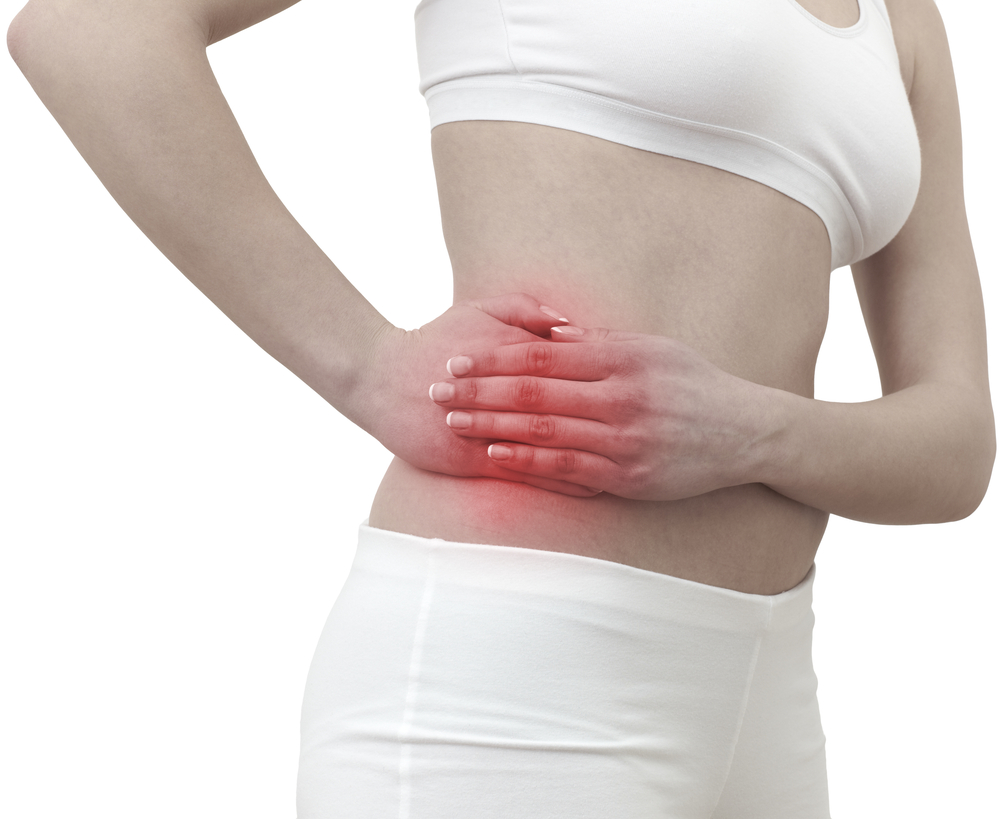Findings from a recent study published in the journal Cancer Epidemiology, Biomarkers & Prevention, show that doing intense physical activity throughout one’s lifetime could lower the risk for Non-Hodgkin Lymphoma (NHL).
The study was conducted by a team of researchers led by Terry Boyle, PhD, a postdoctoral investigator in the Department of Cancer Control Research at the B.C. Cancer Agency and the School of Population and Public Health at the University of British Columbia in Canada.
According to Dr. Boyle, since the causes underlying NHL remain poorly understood, the identification of risk factors is imperative for the prevention and clinical management of this type of cancer. Evidence has consistently shown that physically active people are less prone to develop some cancers including breast and colon cancers. However, there is a lack of research on the association between the practice of physical exercise and NHL risk. To address this gap, the team used information from a case-control study conducted in British Columbia from 2000 to 2004.
The study included a total of 820 patients with NHL from the B.C. Cancer Registry. The researchers also included 848 controls matched for gender, age and location of residence. The controls were selected from the Client Registry of the British Columbia Ministry of Health. Using a questionnaire, the researchers assessed data regarding demographics and risk factors for NHL such as lifetime leisure physical activity. All participants recorded their average days/week and hours/day performing mild, moderate or intense physical exercise for each decade of their lives.
Different types of physical activity intensity were given an appropriate metabolic-equivalent value (MET). Then, for each participant’s lifetime the team evaluated the average hours per week of MET physical activity including both intensity and duration.
The results revealed that participants who engaged in intense physical activity in their lifetimes had approximately 25% to 30% lower risk for Non-Hodgkin Lymphoma, in comparison with those who engaged in less intense physical activity. The results also showed that there was no association between the practice of physical activity and greater benefit for any specific age cluster.
Dr. Boyle commented in a recent news release, “In this case-control study, we found that the most physically active participants had a lower risk for NHL than the least active participants. We found that vigorous-intensity physical activity in particular, such as activities that increase breathing and heart rates to a high level, was the most effective at lowering risk. We know that being physically active reduces the risk of colon cancer and breast cancer, and also leads to a range of other physical and mental health benefits. Our findings suggest that people who do vigorous physical activity may also have a lower risk for NHL. Currently, there isn’t enough research on this topic to be able to confidently say that being physically active reduces the risk of non-Hodgkin lymphoma, so we are planning to pool data from several studies to investigate this topic further. We know that different types of NHL may have different risk factors, so we are also planning to investigate whether physical activity influences the risk for different types of NHL in different ways.”


